NASA's Curiosity robot captures Martian landscapes in incredible detail, showing how sunlight changes between morning and afternoon.
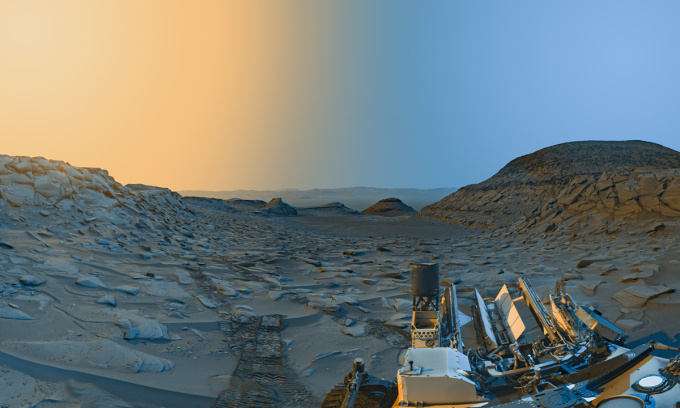
The newly released photo of the Curiosity robot is a combination of two photos taken at different locations on April 8. Photo: NASA/JPL-Caltech
The Curiosity rover captured the special images on April 8, or Sol 3,794 (the 3,794th Martian day of Curiosity's mission), just before leaving Marker Band Valley, where the rover had discovered traces of an ancient lake in 2022.
This is one of the first tasks Curiosity completed after "hibernation" for a software update on April 3-7, Live Science reported on June 17. This update includes 180 upgrades, the most important of which is allowing the robot to process images of its surroundings faster and reduce wear on its tires, helping it move faster on Mars.
The new panorama is a composite of two images, one taken in the morning and one in the afternoon. Combining sunlight from two different angles creates an image with much more detail than a standard photo, NASA said. The original image is actually black and white, but experts added color to highlight rock formations and simulate the colors of the morning and afternoon sky.
This is the second time Curiosity has taken this image. The rover took a similar time-lapse image in November 2021. However, the latest image is much more detailed than the first attempt. This is likely because the image was taken during the Martian winter, when there is less atmospheric dust, said Doug Ellison, an engineer at NASA's Jet Propulsion Laboratory (JPL) who is in charge of Curiosity's camera team. The rover rarely takes such images because it needs to stay in one place all day, limiting the amount of data it can collect.
In addition to taking wide-angle shots of landscapes, Curiosity has also pointed its camera downward to capture some close-up shots of unique mineral structures. For example, in February 2022, the robot observed a mineral structure that resembled a flower. On April 15 of this year, it also discovered a small rock shaped like a book.
Thu Thao (According to Live Science )
Source link


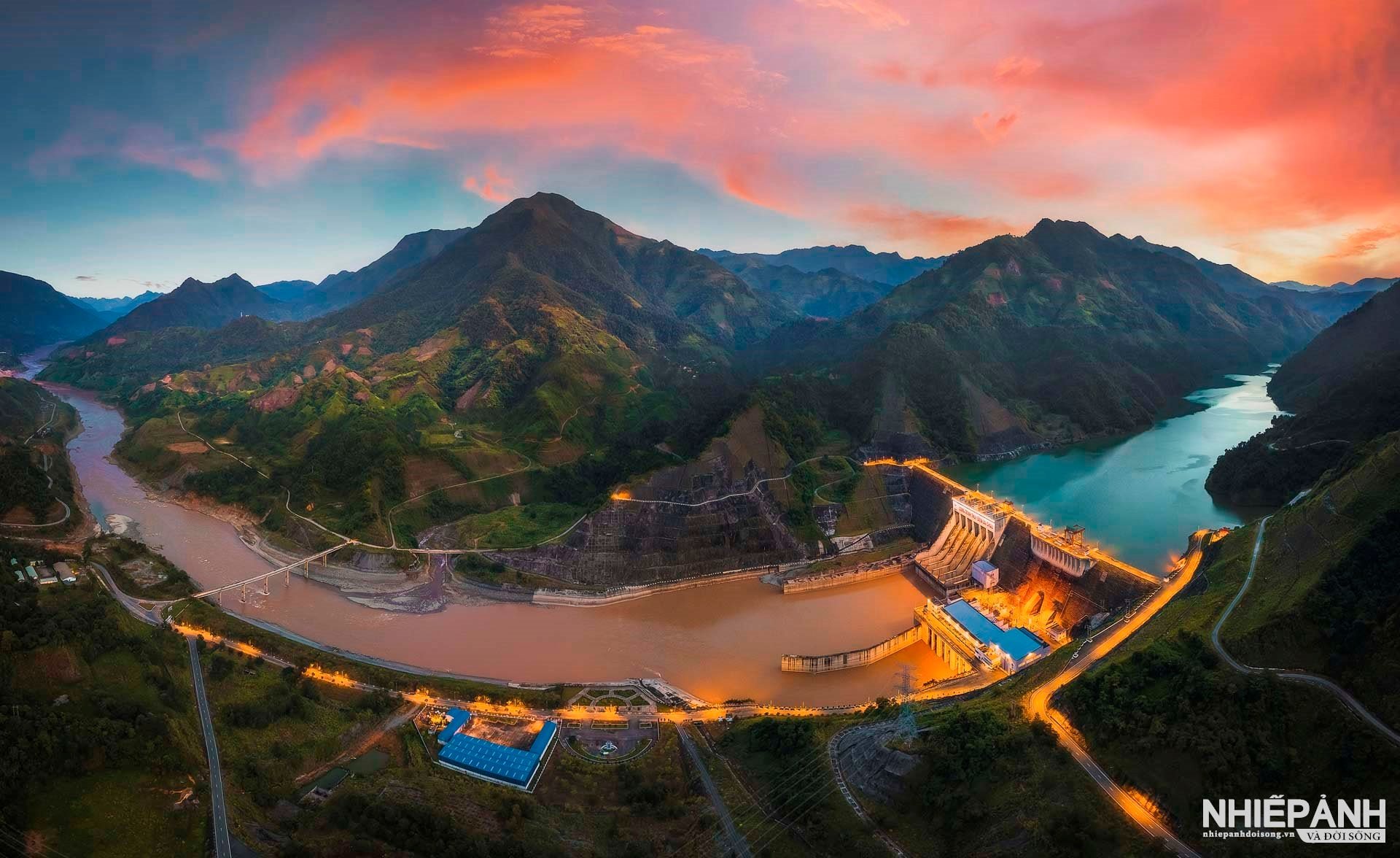
![[Photo] Speeding up construction of Ring Road 3 and Bien Hoa-Vung Tau Expressway](https://vstatic.vietnam.vn/vietnam/resource/IMAGE/2025/3/31/f1431fbe7d604caba041f84a718ccef7)
![[Photo] General Secretary To Lam receives US Ambassador to Vietnam Marc E. Knapper](https://vstatic.vietnam.vn/vietnam/resource/IMAGE/2025/3/31/5ee45ded5fd548a685618a0b67c42970)

![[Photo] Prime Minister Pham Minh Chinh receives delegation of leaders of US universities](https://vstatic.vietnam.vn/vietnam/resource/IMAGE/2025/3/31/8be7f6be90624512b385fd1690124eaa)
![[Photo] 2nd Conference of the Party Executive Committee of Central Party Agencies](https://vstatic.vietnam.vn/vietnam/resource/IMAGE/2025/3/31/8f85b88962b34701ac511682b09b1e0d)


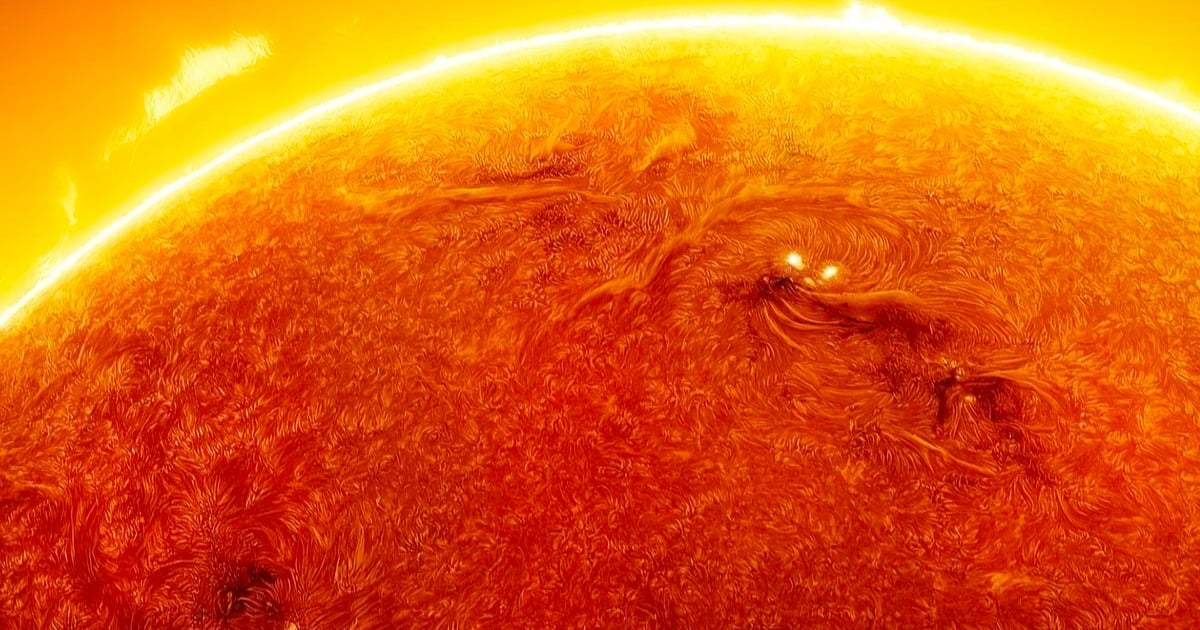




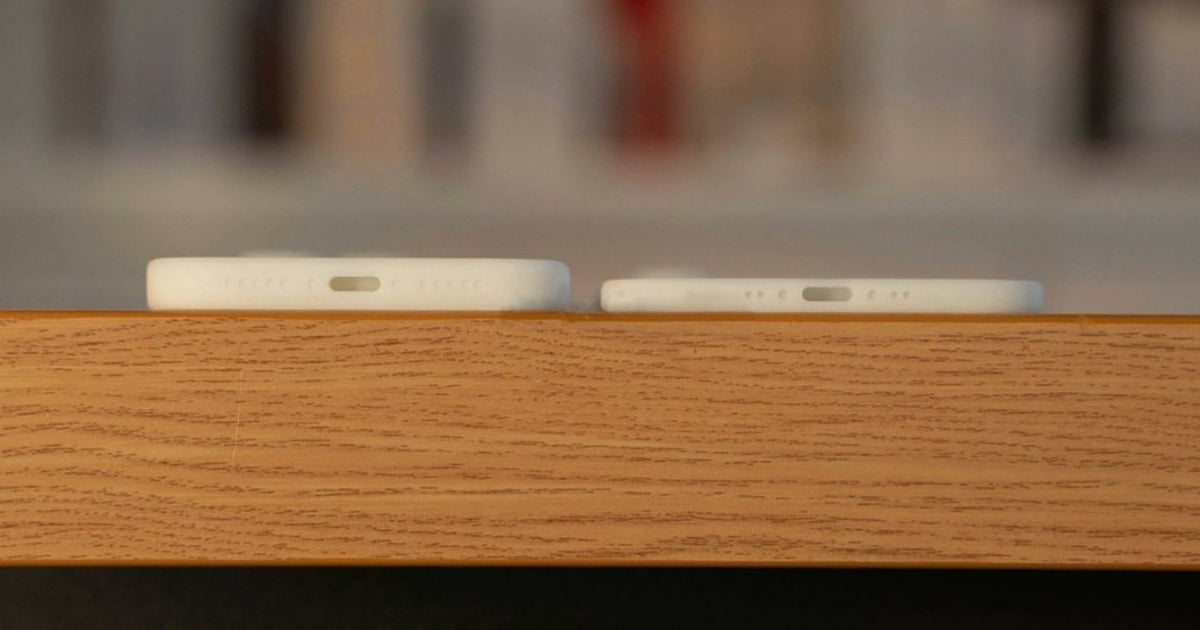

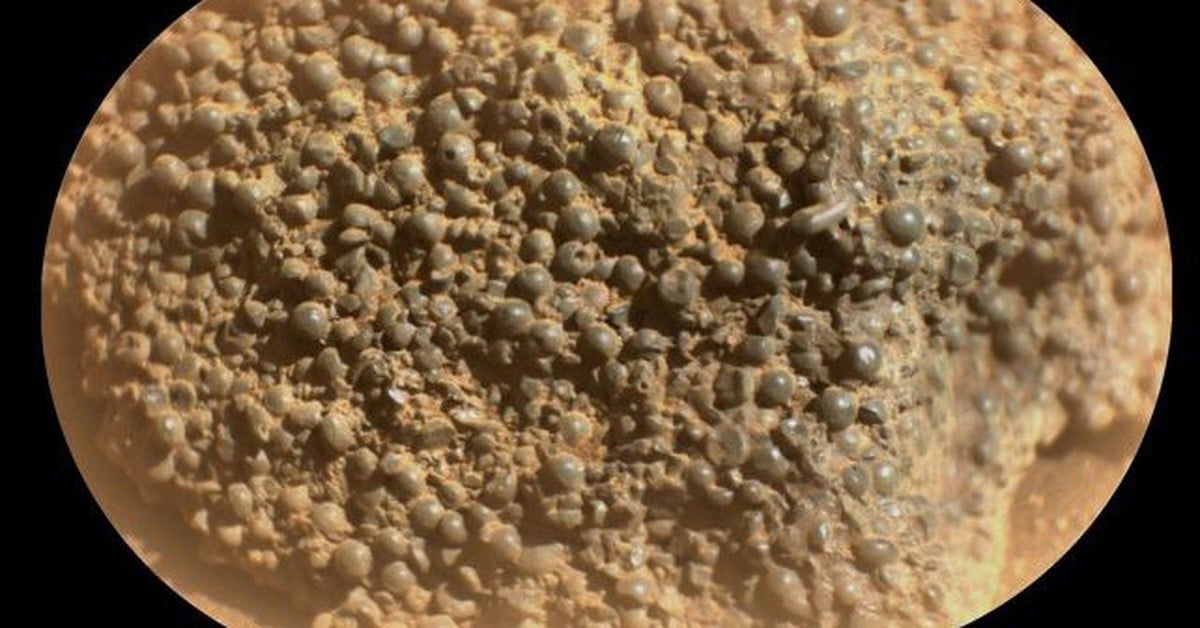















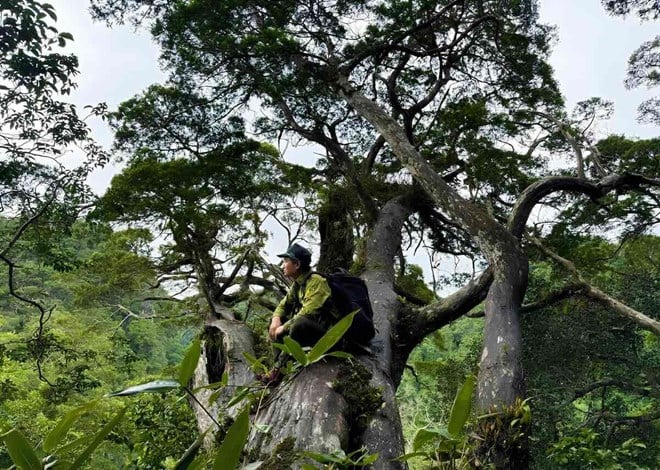

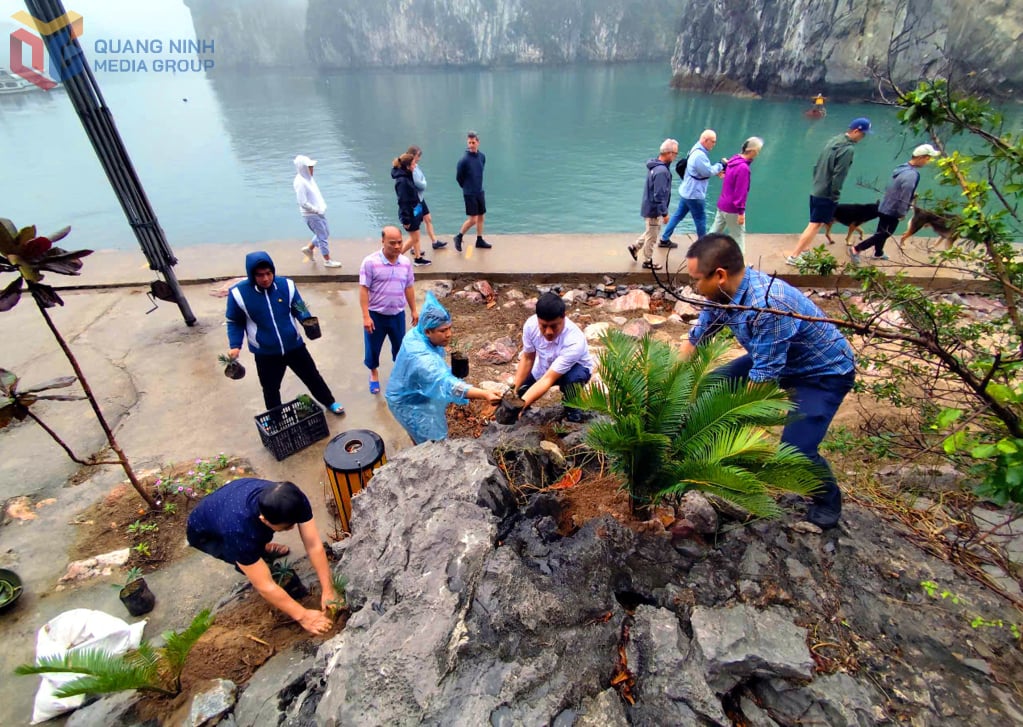

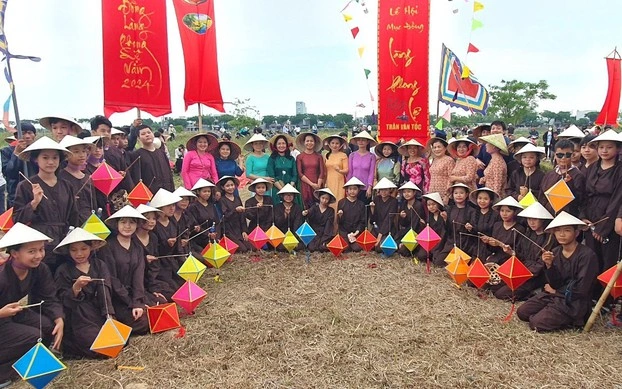



































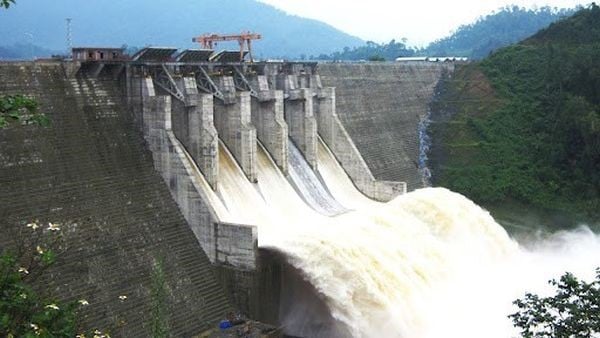























![[REVIEW OCOP] An Lanh Huong Vet Yen Cat](https://vstatic.vietnam.vn/vietnam/resource/IMAGE/2025/3/27/c25032328e9a47be9991d5be7c0cad8c)

Comment (0)